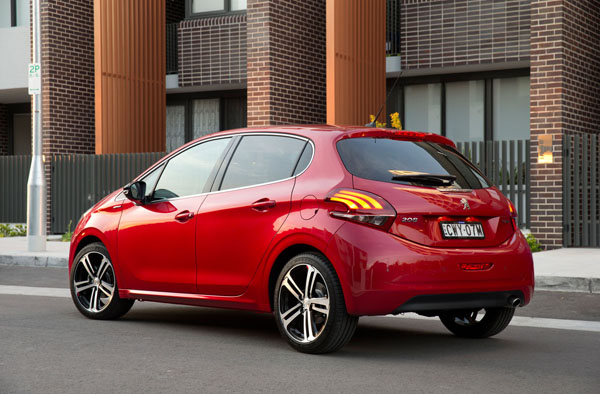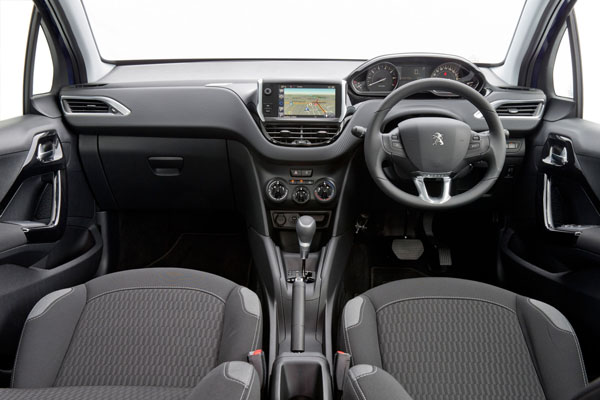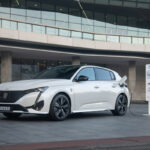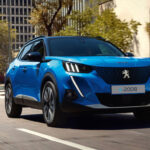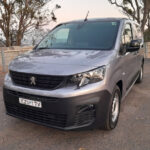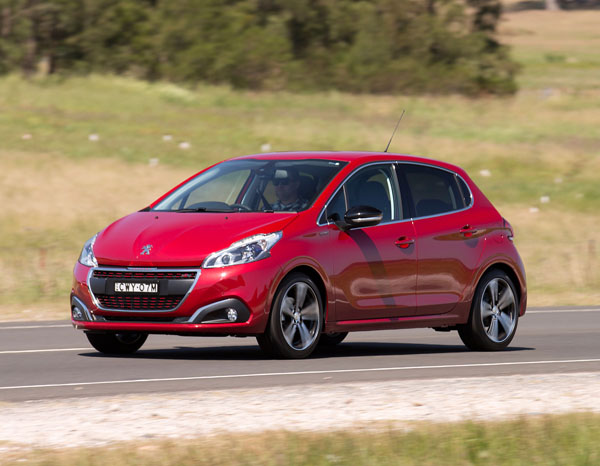
As the world’s oldest car brand, talking about Peugeot is like discussing the universe at the time of the Big Bang. The Peugeot family has been making cars in 1889.
Since then, the French carmaker has brought us many fascinating cars. Our latest road test was of the Peugeot 208 hatchback, first seen here in 2013 and recently redesigned to include more technology and new drivetrains.
New to the range in Australia is the Peugeot 208 Access, available with the 1.2-litre 60 kW engine and five-speed manual; or an uprated version of the 1.2 engine with 81 kW engine with an six-speed automatic, for $15,990 and $18,990, respectively.
Another new kid on the block is the GT-Line automatic ($27,490), a car for those who want sporty elements and comfort, but without the hardcore performance of the 208 GTi ($30,990).
Mid-range are the Active and Allure variants, both with automatic transmission only. The Peugeot 208, in our test car spec with metallic paint and reverse camera, comes to market at $27,280, plus on-road costs. Minus the two cost options it can be had for $25,990.
STYLING
Stylistically, the Peugeot 208 is bang up to date, with newest materials used in a creative manner. The latest 208’s redesigned front bumper features a sharper line, pairing with a wider, deeper grille with integrated chrome rim.
The two-tone finish of the automatic headlights see them with black and chrome masks. LED daytime running lights and cornering assist foglights turn up the effect on night-time vision. Wipers are automatic too.
The LED tail lights now incorporate a redesigned cluster featuring Peugeot’s signature 3-D ‘claws’ motif, but designers retained the sculpted side and chrome window trim from the previous model. There are new 16-inch and 17-inch wheel options, with painted or ‘diamante’ finishes available, as well as a laser-engraved option. The spare wheel is full-size steel.
INTERIOR
Peugeot says it has paid attention to ensuring that comfort, safety and performance are far above average for the compact class. The 208 Access and Active feature Mistral Tungsten Comfort Cloth trim, while the Allure model receives Techmat Mistral 3-D Mesh Sports Cloth.
The smooth leather steering wheel incorporates a satin chrome highlight, there are similar highlights on the gear lever and on air vent surrounds. Dual zone air-conditioning keeps the climate comfy.
Peugeot 208 Allure can be optioned with rich Claudia leather trim for the seats, while the pack adds leatherette door cards, plus seat warmers and passenger seat height adjustment. For a real luxury touch, Allure buyers can also option their car with the Cielo Panorama glass roof and privacy glass.
INFOTAINMENT
The 7-inch touch screen, standard all round, allows intuitive access to the different functions of the vehicle, from playing audio files to making use of satellite navigation (standard in Allure), as well as the trip computer and management of phone calls via Bluetooth.
ENGINES / TRANSMISSIONS
The 208 Allure takes advantage of Peugeot’s flagship 1.2-litre turbocharged petrol three-cylinder engine, featuring stop/start technology to help trim emissions when the car is stationary.
Coupled with a new Aisin six-speed automatic, it achieves carbon dioxide emissions of just 104 g/km. It has a Euro 6 emissions rating.
The new transmission makes gear changes 40 per cent than the old four-speed auto it replaces. It does this by using Quick Shift; a new technology for synchronised control of the engine and gearbox that includes a more efficient internal calculator.
SAFETY
Active City Braking acts as a back-up if the driver fails to react. It works only at speeds of less than 30 km/h. Radar detects mobile or fixed objects in front of the vehicle and acts on the braking system providing deceleration of up to 10 metres per second.
Below 15 km/h, it allows a collision to be avoided; between 15 and 30 km/h it reduces the speed and severity of the impact and the damage done.
DRIVING
Peugeot gives the potential buyer of the 208 plenty of choice when it comes to performance. The range covers the whole gamut of compact hatchbacks from the cheap and cheerful to the out-and-out pocket rocket.
The Allure test car falls into the middle of the mob – comfortable, economical and hopefully reliable, with undistinguished performance. The maker quotes 10.9 seconds for the trip from standstill to 100 kilometres per hour, which from a three-cylinder motor, sounds okay.
While Peugeot puts the combined urban / highway fuel consumption at 4.5 litres per 100 kilometres, the test car would only approach that (4.6) on the open road, while 9 litres per 100 kilometres was the best achieved in town traffic.
The 208 may be a small car but, while shopping centres continue to skimp on bay dimensions, there’s always room for help with parking. Front and rear parking sensors do the job here.
Standard on Allure is City Park Functionality, which helps drivers fit into almost any parking space and provides automatic assistance when manoeuvring into or out of a parallel spot on the street. Found in no other non-luxury compact vehicle in the segment, sensors on the sides of the vehicle measure the available space with only 20 cm required at the front and back of the vehicle when parking.
If suitable, the vehicle automatically controls the steering and all the driver has to do is manage acceleration and braking, with assistance from audible beeps from the parking sensors. This has to be worth the price of admission.
SUMMING UP
The Peugeot 208 Allure lives up to the name with an appealing package of comfort, technology and convenience, all at a mainstream price. Desire carries over to the looks too.
AT A GLANCE
MODEL RANGE
208 Access 60kW: $15,990 (manual)
208 Access 81kW: $18,990 (automatic)
208 Active: $21,990 (automatic)
208 Allure: $25,990 (automatic)
208 GT-Line: $27,490 (automatic)
208 GTi: $30,990 (manual)
Note: These prices do not include government or dealer delivery charges. Contact your local Peugeot dealer for drive-away prices.
Options across the range include:
Metallic paint; $990 (all models)
Premium/textured paints; $1050 (Excluding Access)
Rear camera $300 (Active, Allure, GT-Line and GTi)
Rear camera with Active City Brake; $500 (Allure and GT-Line)
Satellite Navigation; $1250 (Active)
Panoramic sunroof; $1000 (Allure)
17-inch alloy wheels; $1000 (Allure)
Leather with seat heating, front; $2000 (Allure)
Note: These prices do not include government or dealer delivery charges. Contact your local Peugeot dealer for drive-away prices.
FEATURES
7in colour touch screen audio and cruise control
Front and rear parking sensors
Two-tone black / chrome headlamps with daytime running lights
16-inch Titane alloy wheels with full-size steel spare
Front foglamp cornering
Self parking (entry / exit and parallel)
Satellite navigation
Automatic headlamps and wipers
Electrochromatic rear-view mirror
3-D mesh sports cloth trim
Leather steering wheel with chrome highlight
Satin chrome and leather gear lever
Satin chrome highlights on air vent surrounds
SPECIFICATIONS (Peugeot 208 1.2 e-THP Allure petrol automatic hatchback)
ENGINE:
Capacity: 1.199 litres
Configuration: Three cylinders in line
Maximum Power: 81 kW @ 5500 rpm
Maximum Torque: 205 Nm @ 1500 rpm
Fuel Type: Petrol 95RON
Combined Fuel Cycle (ADR 81/02): 4.5 L/100km
CO2 Emissions: 104 g/km
DRIVELINE: Six-speed automatic
DIMENSIONS, WEIGHT AND CAPACITIES:
Length: 3962 mm
Wheelbase: 2538 mm
Width: 2004 mm (including mirrors)
Height: 1460 mm
Kerb Mass: 1123 kg
Fuel Tank Capacity: 50 litres
BRAKES:
Front: Ventilated disc
Rear: Solid disc




